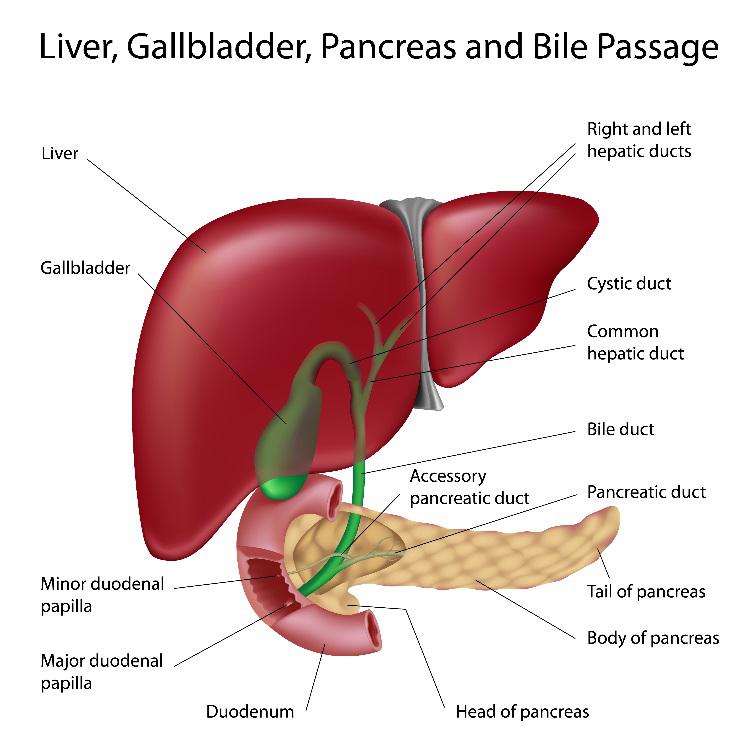An Endoscopic Retrograde Cholangiopancreatogram (ERCP) is a therapeutic endoscopic procedure that helps diagnose and treat diseases in the liver, gallbladder, pancreas, and bile system. Here’s what you need to know about the procedure.
When an ERCP is used
There are several reasons your doctor may perform an ERCP. One common reason is to diagnose and treat gallstones that are trapped in the bile duct. They may also perform an ERCP to identify the source of persistent upper right side abdominal pain, to identify a cause of pancreatitis, or to relieve bile duct obstruction caused by tumors. Often, doctors will inject a dye in the bile ducts during an ERCP to assist with X-ray imaging.
Preparing for an ERCP
There are a few important steps to prepare for an ERCP. You will need to discuss any medications you are taking with your doctor. Blood-thinning medications like Coumadin (warfarin), Eliquis (apixaban), Lovenox (enoxaparin), Plavix (clopidogrel), Pradaxa (dabigatran), and Xarelto (rivaroxaban) are especially important to discuss. These can increase the risk of severe bleeding during the procedure, and you should stop taking them before the ERCP. Also, if you use insulin, you may need to adjust timing or dosage on the day of the procedure. Your doctor will also need to know if you have any allergies to medications. Additionally, you will need to fast starting the midnight prior to your procedure. This means avoiding eating from that time until your procedure.
During the Procedure
Prior to the ERCP procedure, you will go to a pre-op area where nurses will place an IV and take your medical information. You will also speak with an anesthesiologist about the sedation used during the procedure.
Once you have moved to the procedure room, you will be connected to machines that monitor your vitals during the ERCP. You will be sedated during the procedure. Your doctor will feed the endoscope through your mouth and perform the procedure. The specific techniques and treatments they use will depend on your situation, and include opening blocked ducts and inserting stents. They may also take X-rays during the procedure. Contrast dye is injected through the endoscope to assist in developing X-ray imaging of your bile ducts. In total, the ERCP should take around 30-40 minutes.
After the Procedure
After the ERCP, you will go to a post-op area to recover from sedation and the procedure and will be monitored for complications. Once you have recovered, your doctor will discuss the results with you, though any biopsies will take a few days to return. You should not operate machinery, drive, or make important decisions for 24 hours after your procedure due to sedative effects.
It’s common to have a sore throat immediately after the procedure; throat lozenges can help treat soreness. You should follow a clear liquid diet after the ERCP, eventually transitioning to bland foods.
The procedure has a few uncommon risks. Around 7% of patients experience pancreatitis, an inflamed pancreas. This requires hospitalization to rest the pancreas and manage inflammation. In very rare cases, this can be severe and lead to surgery, organ failure, or death.
In very rare cases, perforation occurs during the procedure. Most of the time, this can be managed with hospitalization, bed rest, antibiotics, and bowel rest. Rarely, you may need surgery to repair the perforation.
There is a low risk of bleeding as well, which occurs in around 0.5% of cases. When managed during the procedure, it can be stopped. Delayed bleeding requires patients to return to their doctor for treatment.
Our experienced team at GHP has years of experience performing ERCPs. We can help establish the best plan of care for your situation. Contact any of our office locations to learn about the options we offer and schedule an appointment today.



